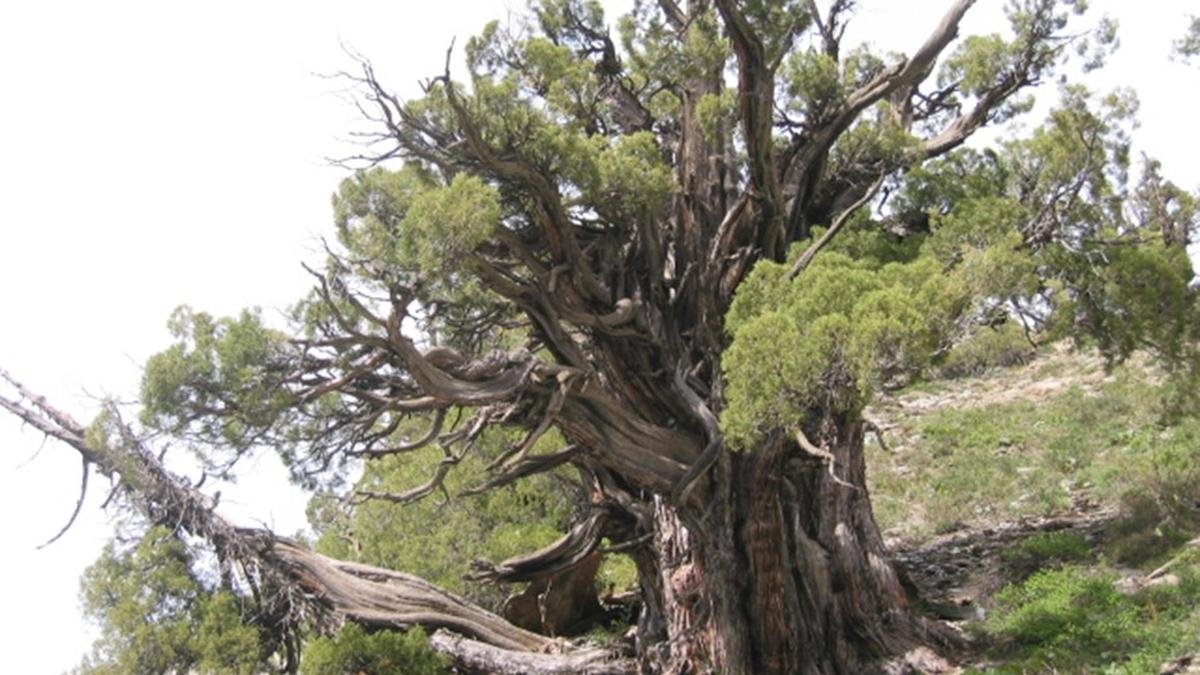Sir C.V. Raman was known to be a great lover of trees, plants and flowers, says S. Natesh, the author of the recently launched Iconic Trees of India. Raman’s garden was a source of pride and joy for him, so much so that when he lay on his death bed, he was disappointed that the garden was not visible from his cot, Natesh explains at a recent talk held at the Indian Institute of Science (IISc), part of Paraspar, an initiative of IISc’s Office of Communications. So, his caregivers raised his cot so that he could gaze at the garden he loved till he passed away in November 1970, aged 82.
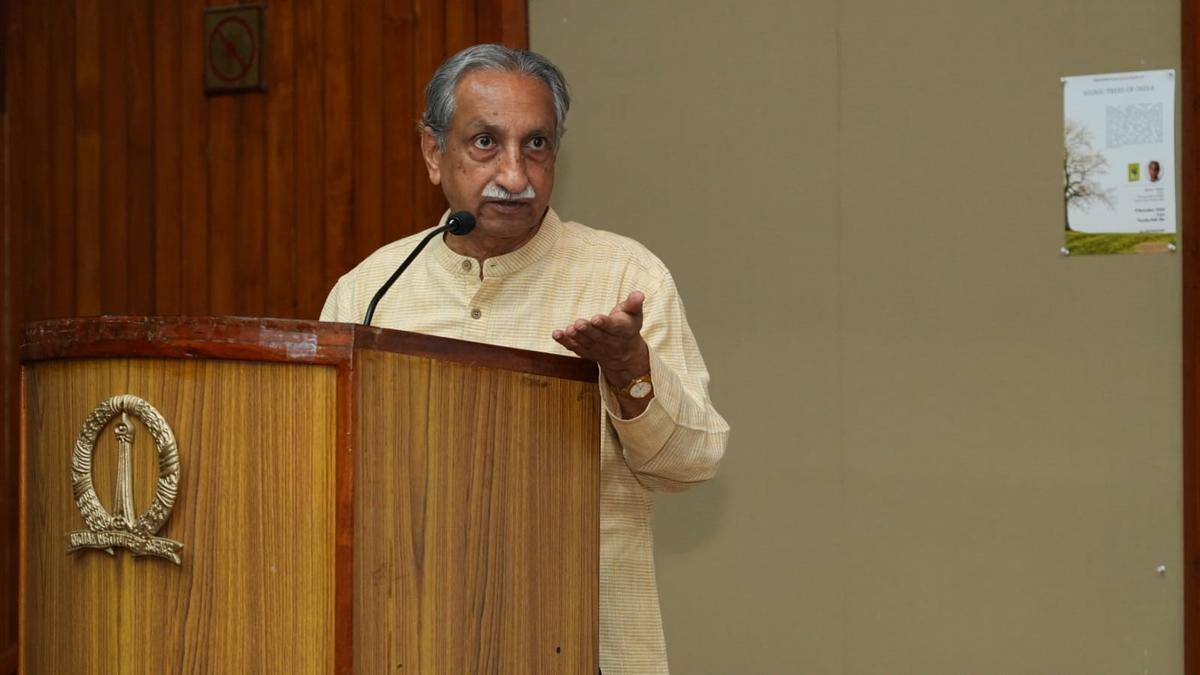
S. Natesh
| Photo Credit:
SPECIAL ARRANGEMENT
The Karnataka government even permitted the cremation of Raman on the lawns of the Raman Research Institute (RRI), where he had lived and worked for many years, adds Natesh, an honorary fellow at the Ashoka Trust For Research in Ecology (ATREE), Bengaluru, and a former senior adviser at the Department of Biotechnology in New Delhi. The author goes on to share the picture of a gorgeous primavera tree, Roseodendron donnell-smithii, topped with bold yellow blooms, which was planted to mark the spot where the Nobel laureate was cremated and says, “There could be no better respect given to his memory than to plant such a beautiful tree.”
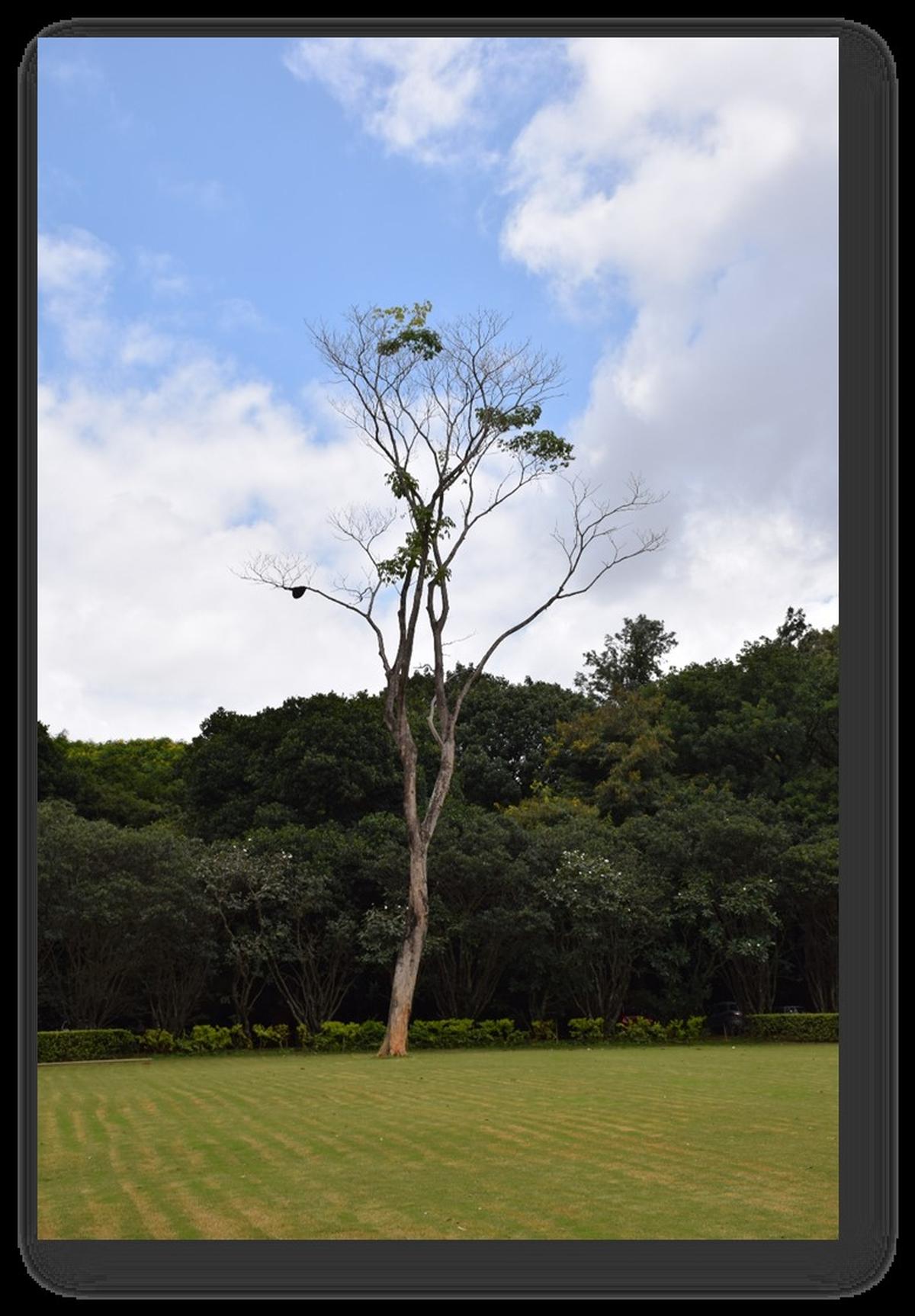
Sir C. V. Raman’s Prima Vera tree (Rhododendron donnel-smithii).
| Photo Credit:
S Natesh
Iconic trees of India
Even though this stunning tree, often referred to as the Raman Tree, no longer stands on the lawns of the RRI campus — it collapsed in 2022 after a lightening strike and has been recently replaced with a Sita Ashoka tree — it is one of the 75 mentioned in Iconic Trees of India.
At the talk, Natesh shows more photographs and stories of some of India’s more such exceptional trees. The criteria he used to decide which of the countless trees to include in his book are age, dimension, historical importance, botanical uniqueness and religious/cultural significance; even unique arrangements (e.g., groves, avenues or even plantations of trees) find a place in the book.
These include the oldest tree in the country, a Himalayan pencil cedar, which is over 2000 years old; the largest tree in the country and indeed the world, the ‘Thimmamma Marrimanu’ banyan tree whose net canopy covers close to 19,107 sqm of land; the Putranjiva tree under which the Raj Tilak ceremony of Maharaja Gulab Singh, founder of the Dogra dynasty, took place in 1822; a historic peepal tree near Dehradun’s clock tower that narrowly escaped being felled thanks to a citizens’ movement; and a giant sequoia in the Tangmarg area of Jammu and Kashmir, often called the loneliest tree in India.
“You can’t help feeling sorry for that tree,” says Natesh, alluding to the “loneliest” tree in the list, native to the western slopes of the Sierra Nevada mountain range in California and the largest tree species in the world by wood volume. “Located so far away from its natural home, in an alien habitat in the middle of nowhere, forgotten by those who were responsible for its journey here, devoid of kin, practically unknown to the outside world – underappreciated and unable to reproduce,” elaborates Natesh, who says that through these examples, a few of the 75 documented, he is trying to offer a small glimpse of the rich botanical heritage of India. “There are hundreds more waiting to be discovered,” he says.
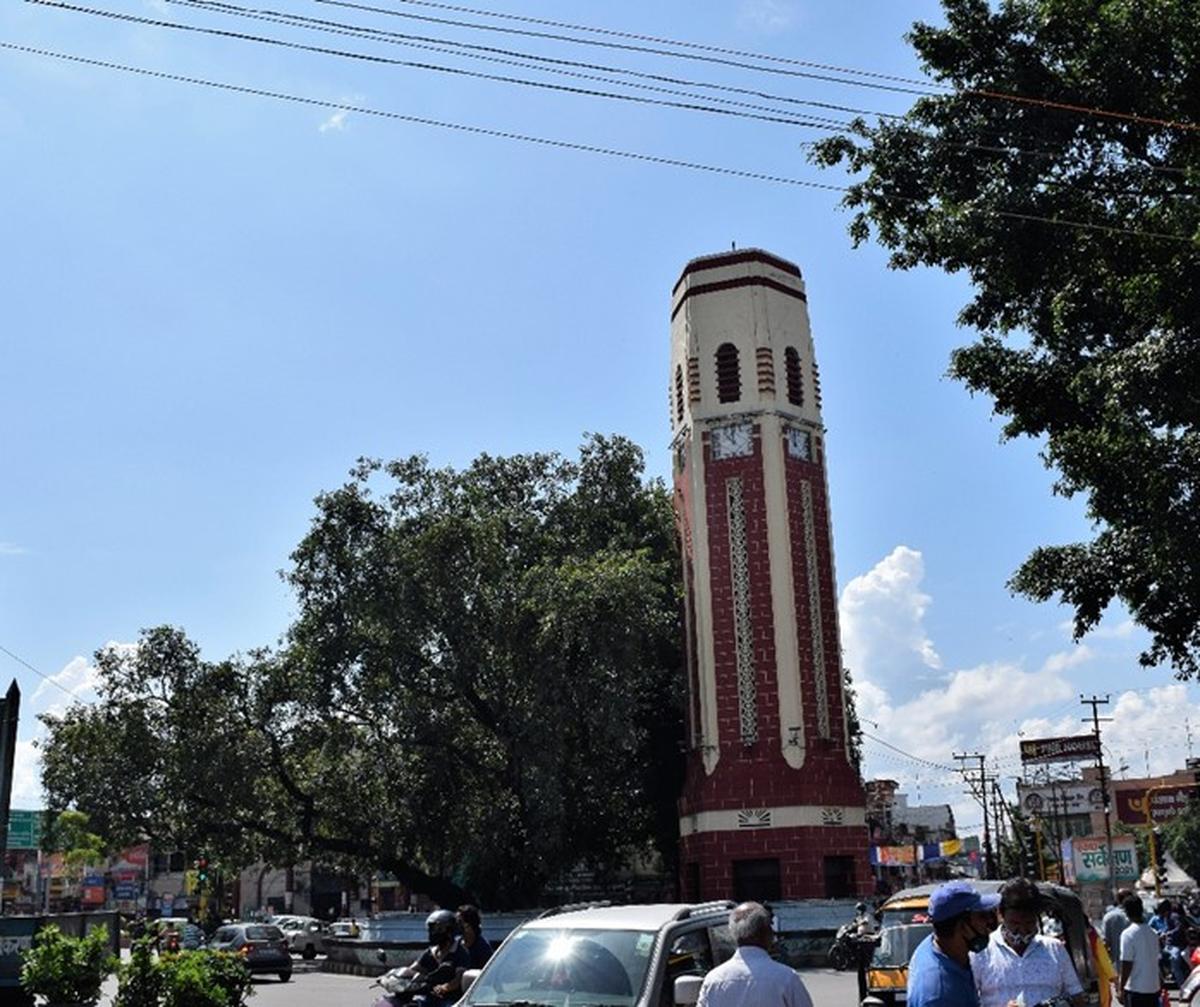
The peepal tree near the Clock Tower, Dehradun.
| Photo Credit:
S Natesh
In love with trees
Natesh, who grew up in Mysuru and has just moved back to the City of Palaces, says that he has been interested in plants since his childhood. “I grew up in a family where leaves, flowers and fruits were very important for daily worship,” he explains in a post-event interview. “My parents taught me how to identify such plants, which of them were dear to which gods, as well as the medicinal importance of their parts, etc.”
But only in college did he develop an interest in botany as a science “inspired by my teachers at college,” says Natesh. He went on to do an M.Sc. and later a Ph.D. in botany before teaching the subject at Delhi University for nearly a decade, both at the undergraduate and, later, postgraduate level. He then served in the Department of Biotechnology (DBT), Government of India, for nearly three decades, keeping his interest in plants alive throughout his career, he says. “I did many projects involving plants, and whenever I travelled in India or abroad, I would visit places of botanical interest including botanical gardens .
But it was only when he superannuated from the government service in 2012 and joined as a consultant at the National Institute of Immunology (NII) in Delhi, “the first, and perhaps the last botanist to go there,” he laughs, that this abiding interest in plants took a new turn. At NII, housed in a beautiful campus with an eclectic mix of exotic trees and indigenous trees, he realised that while most of its inhabitants, primarily molecular biologists and immunologists, were very interested in the environment, they didn’t know much about plants in their campus. “So I thought, let me write about one tree per month for them in jargon-free language,” says Natesh. And when he did, he would send these profiles of various campus trees via email to the scientists and others on campus.
In these missives, he looked at not just the natural history of these plants but also their cultural relevance, an initiative welcomed by its recipients. “It was very well-received, and they told me to continue doing it as long as I was there,” he says. “I probably did about 12 or 13 such trees in three years, and they decided to upload the writeups on their official website.”
In the course of doing this exercise (he also led tree walks around campus during his stint at NII), he realised that while he was teaching these people about trees, there were gaps in his own knowledge of Indian trees. He began thinking about things like which was the oldest tree in India, the largest or the ones which had the biggest impact on the country’s culture, religion and history. “The answers were not easy to find,” reveals Natesh, pointing out that these things rarely crept into textbooks. “So, I said somebody has to put up his hand. That is how my quest began.”
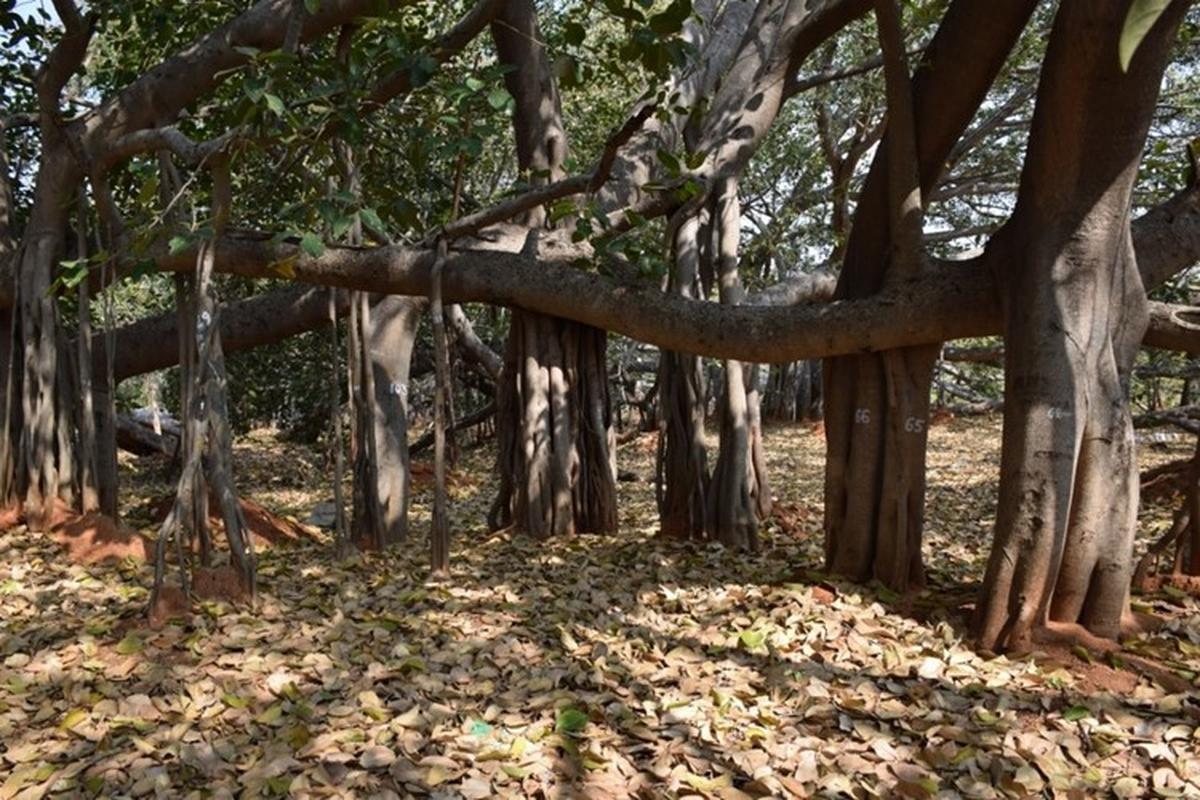
Thimmamma’s gigantic banyan tree, the largest tree by net canopy cover area.
| Photo Credit:
S Natesh
When trees become icons
Iconic Trees of India, published by Roli Books and illustrated by Sagar Bhowmick, took between eight and nine years to complete, mainly because Natesh decided early on that he would visit every tree included in the work. “I had no institutional support, and I was all alone…was tour operator, chief correspondent, recorder, photographer….” The process was also delayed by COVID, adds Natesh, who initially began with a checklist of around 300 potentially iconic trees but ultimately whittled this number down to 75.
In the process, he had to travel far and wide all over the country and spoke to local communities who knew about them. In all but three cases where logistics was an issue, he managed to succeed in his endeavour, says Natesh, who intends to continue documenting iconic trees. “A book is only a finite thing, and you need to stop it somewhere. But learning never stops,” he says. “I still have many trees which I have visited, but I haven’t yet featured. And there are other trees on my list that I have yet to visit.”
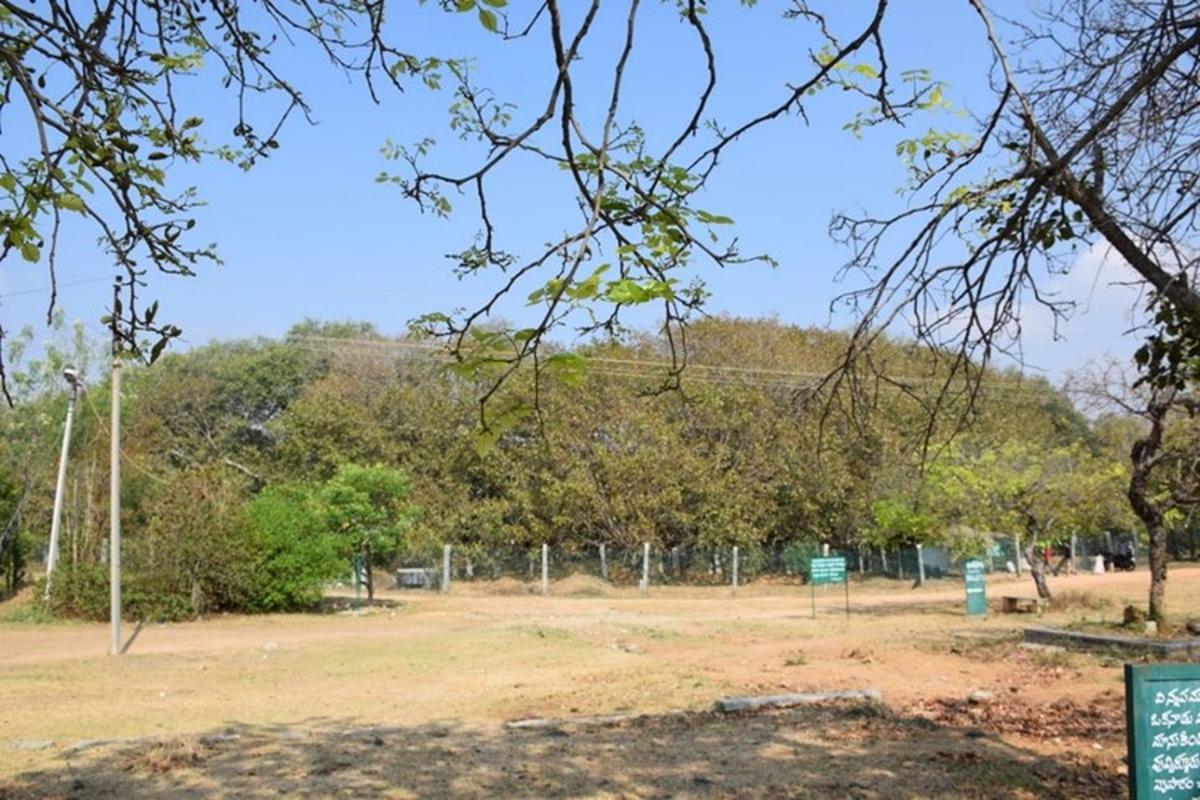
Thimmamma’s gigantic banyan tree, the largest tree by net canopy cover area.
| Photo Credit:
S Natesh
Why individual trees matter
Scientists have estimated that there are 3 trillion trees in the world and around 35 billion in India alone. In his talk, Natesh emphasises the ecological, historical, economic and cultural value of these trees. Not only do they provide a number of resources for humans, including food, fibre, fodder and timber, but they also play a crucial role in managing climate change, he points out. “They cool our towns and cities, help conserve water, mitigate pollution and soil erosion, provide canopy and habitat for wildlife, beautify spaces and increase the worth of property,” he says.
Studying trees is also a wonderful tool for understanding many scientific phenomena like ageing and the Earth’s climatic history. They are also ambassadors of ecotourism, and living trees can serve as a bridge to our past. “Older and larger trees are even more important than younger and smaller trees because they sequester disproportionally large amounts of carbon compared to smaller trees,” says Natesh, who firmly believes that while planting new trees is essential, preserving and celebrating what we already have is even more crucial.
In his opinion, unlike in many other parts of the world, India doesn’t always value or record trees that are often referred to as being “exceptional, champion or special,” as they do in developed economies like Europe, the US, Australia, New Zealand, and Canada. “Even countries like Singapore, Vietnam and South Africa have programmes on trees,” he says. “I don’t think we have begun to have a discussion on what constitutes an iconic or heritage tree. Our culture may be very ancient, but we don’t have records of remarkable trees, and when there is not enough information, no action is taken.”
Often, too often, trees are seen as “a kilo of potatoes or onions… you don’t look at them as individuals,” he says. For him, however, trees are more than just that: each tree is a separate entity with its own story. And we must learn these stories.
Natesh says that this book, which contains the biographical accounts of several iconic trees, is a step in that direction – to tell the stories of individual trees and pass on the wealth of knowledge he has about them to others, which he hopes will create awareness about our rich natural heritage.“Awareness leads to appreciation, ownership, conservation, protection and safekeeping,” he believes. “I hope this book will result in greater awareness and appreciation.”
Published – January 01, 2025 09:00 am IST

